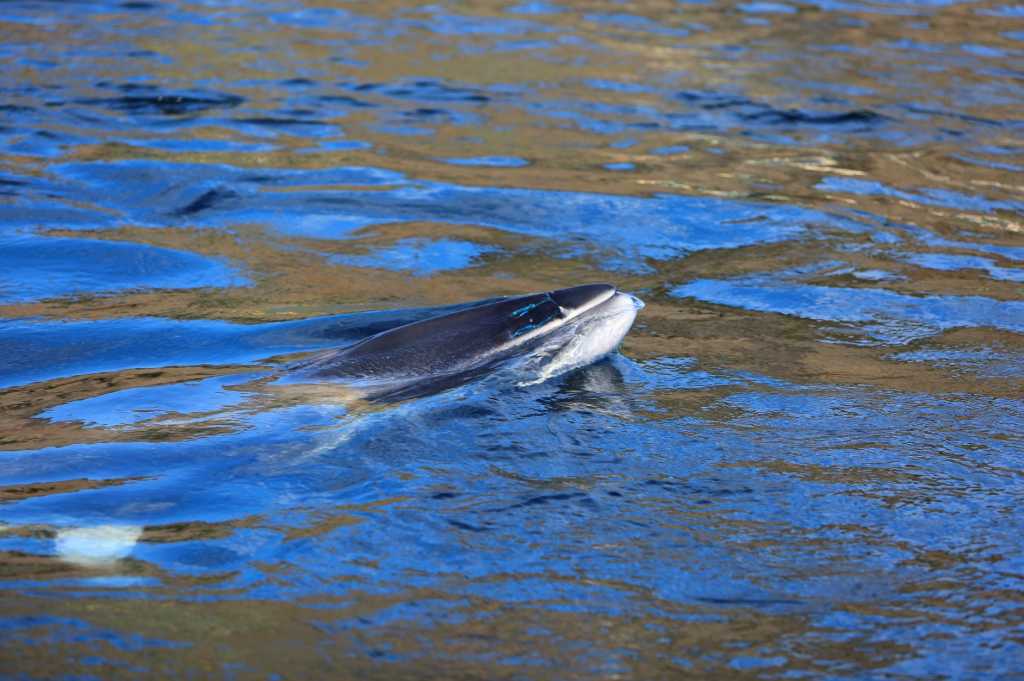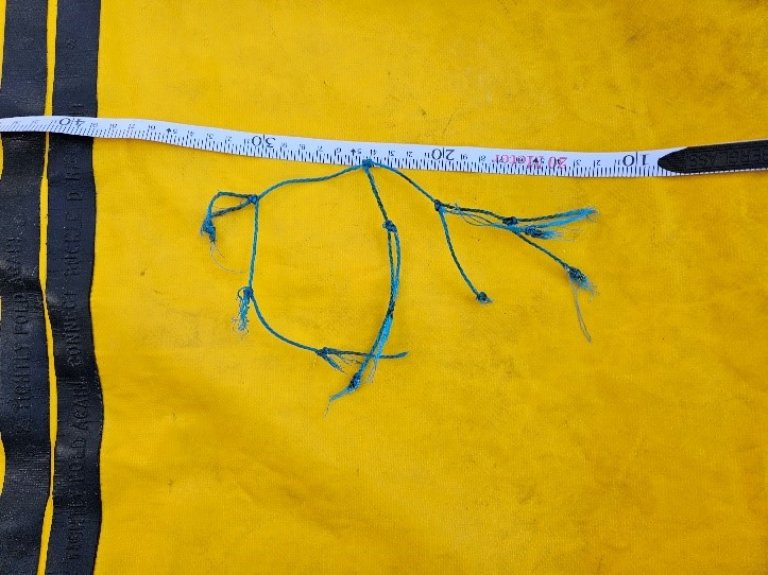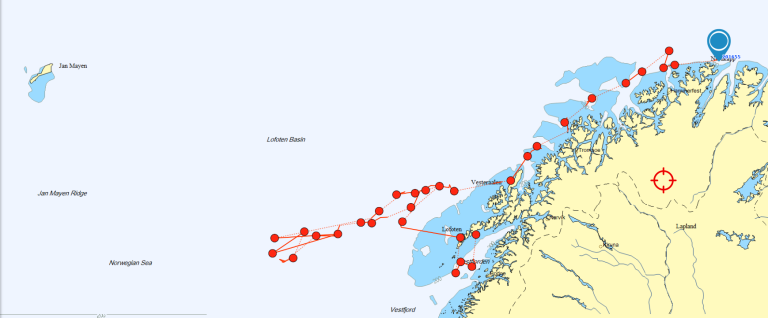First Successful Hearing Tests Conducted with Baleen Whales
New data will improve conservation and protection of baleen whales globally.

The scientific team collecting important and first-ever measures of hearing in baleen whales has concluded its third field season in Norway.
The multi-national team now has data on the hearing abilities of two minke whales (Balaenoptera acutorostrata). With the initial whale, the team collected the first auditory brainstem response (ABR) in any baleen whale. With the second whale, the team collected both the ABR and information on the frequency range of hearing.
The results were surprising. The scientists found that minke whales have a much higher frequency limit to their hearing range than previously believed based upon their ear anatomy and the frequencies at which they vocalize.

The non-invasive hearing tests were conducted by placing sensors on the surface of the skin with suction cups that allowed the whale’s brainwaves to be recorded when it heard a sound played by the researchers. The procedure is similar to hearing tests regularly performed with dolphins, porpoises, and even newborn human babies.
The team was particularly pleased that they were able to assist the first whale, which had a fishing net entanglement around its upper rostrum. It was clear that the whale had been entangled for some time; tissue had grown around the netting, which was cutting into the animal’s rostrum. The team was able to successfully remove the entanglement. Without their intervention, the whale may not have survived.
Satellite telemetry has shown that both whales have continued normal behavior following the studies.

A knowlegde gap
The research effort, led by the National Marine Mammal Foundation (NMMF), the Norwegian Defence Research Establishment (FFI), and LKARTS-Norway, is an effort to acquire fundamental information necessary to establish scientifically based regulatory guidelines to better mitigate ocean noise exposure for baleen whales. The information will fill a knowledge gap that is critical to protecting all baleen whales from anthropogenic ocean noise. The research is funded by the Office of Naval Research, Bureau of Ocean Energy Management, National Oceanic and Atmospheric Administration’s National Marine Fisheries Service, US Navy Living Marine Resources, and the US Marine Mammal Commission through the Subcommittee on Ocean Science and Technology Interagency Task Force on Ocean Noise and Marine Life.
More about the project can be found here.